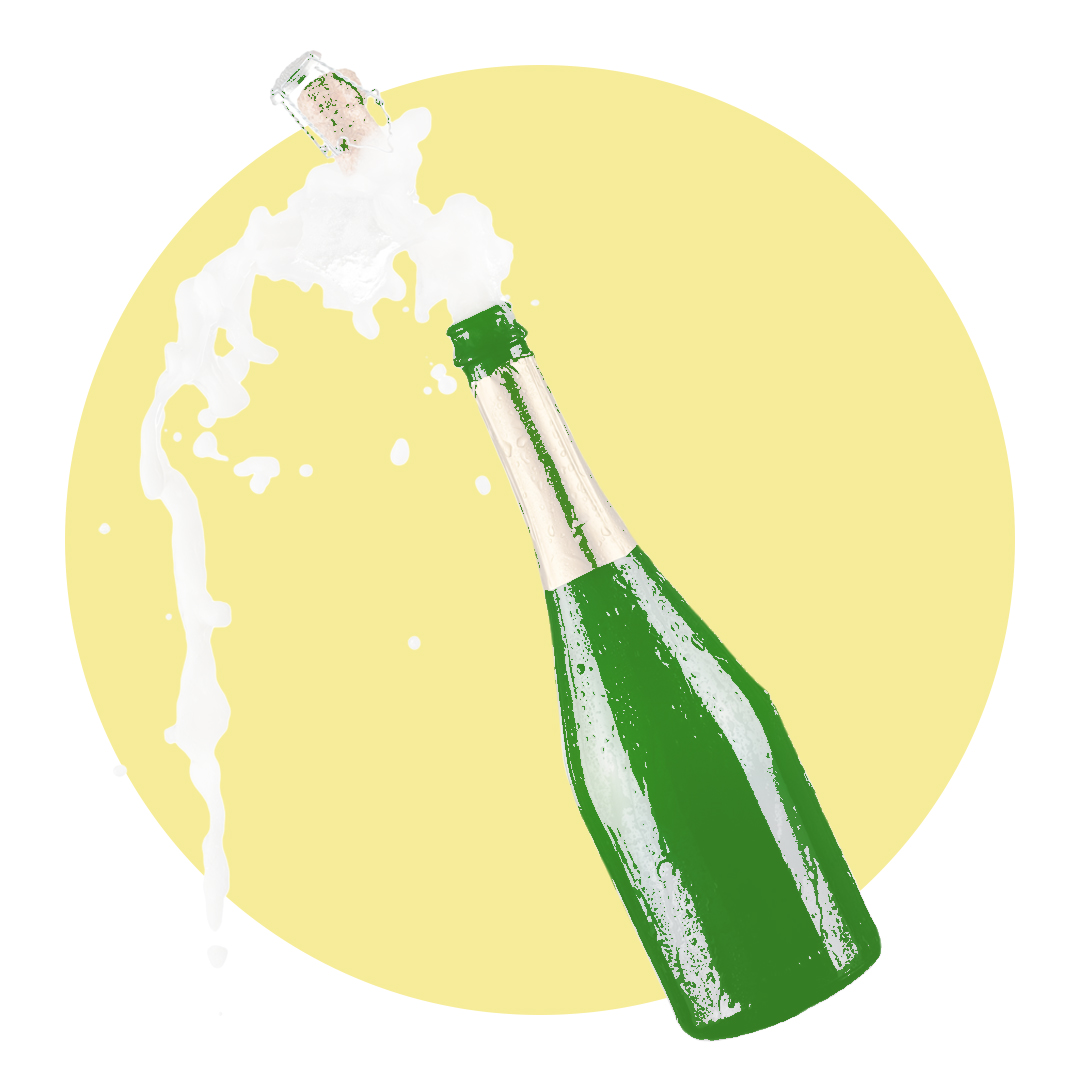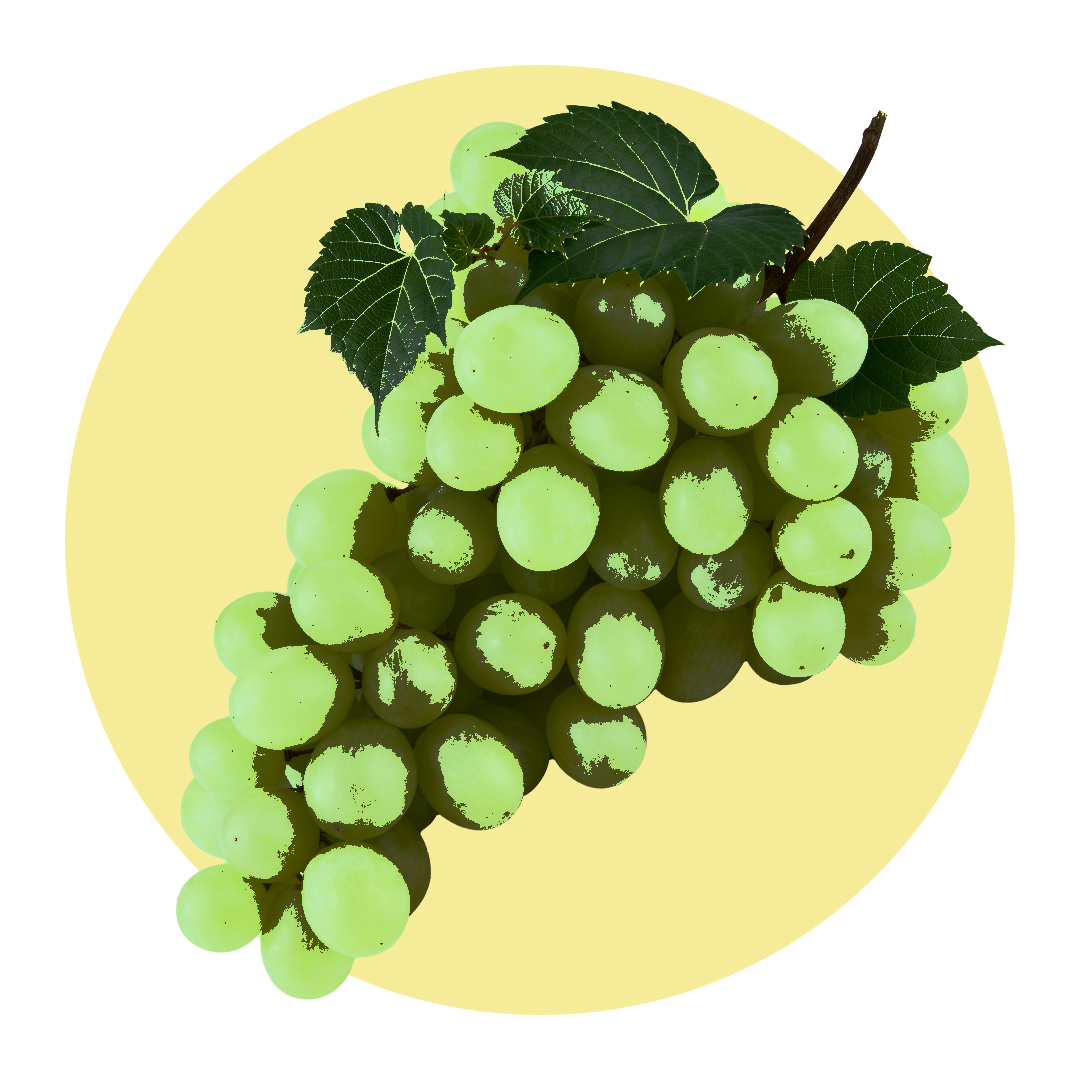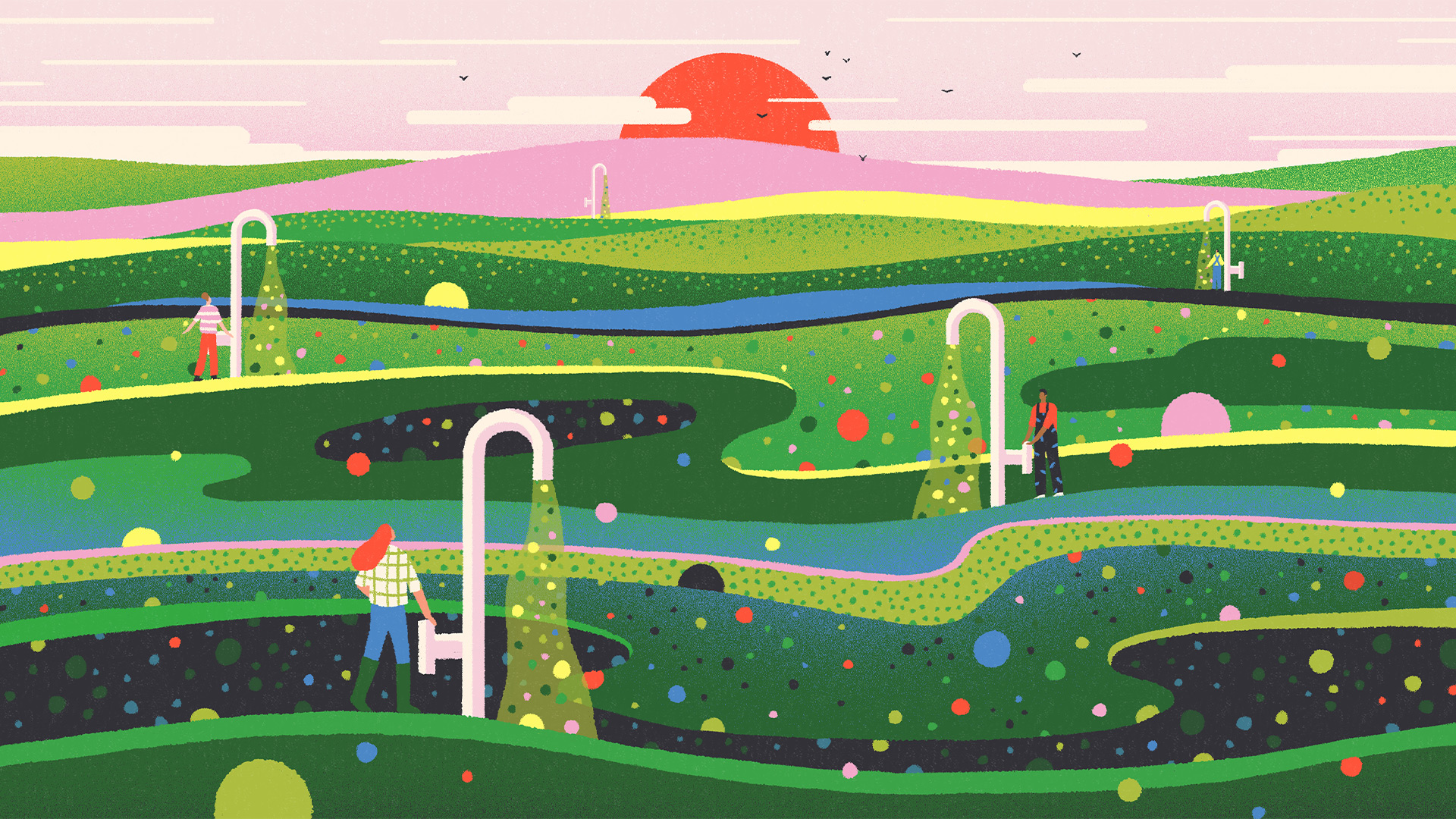Until well into the 1960s, many London factory workers and their families would use their annual summer break to make their way south-east of the capital to the county of Kent. Unable to afford a holiday, and desperate to escape the stink of the city, they would volunteer on the region’s farms to pick hops – the base ingredient of many beers.
Nowadays there is a different sort of crop being grown in Kent and the nearby counties of East and West Sussex, Hampshire and Essex – grapes. Vineyards have taken over some of south-east England’s old orchards and hop farms and nowadays summer visitors are far more likely to be conducting a winery tour than hunting for local breweries.
English wine has gone from a novelty product to a serious business with the country’s sparkling varieties regularly winning sought-after prizes against traditional offerings from Champagne houses. According to Wines of Great Britain (WineGB), which represents English wine-makers as well as a handful of Welsh and Channel Islands producers, there are now almost 4,000 hectares of land dedicated to viticulture in the country, a quadrupling of size since 2001 and a figure that has doubled in just eight years. Its mid-range forecast is that there will be about 7,500 hectares of vineyards by 2032.
That flurry of interest since 2015 is no coincidence. It was in 2015 that Pierre-Emmanuel Taittinger, scion of the famous Champagne family and a committed Anglophile, bought 69 hectares of land in Kent on which to grow the three classic Champagne grape varieties: Chardonnay, Pinot Noir and Pinot Meunier.
“After the Taittinger acquisition, people became very interested in wine making in England,” says Ed Mansel Lewis MRICS, who brokered the deal with Taittinger while at Strutt & Parker. (As if to prove the point, he is now head of viticulture at Knight Frank, a department that didn’t exist at the time of the Taittinger sale.) He doesn’t give figures for the sale, but reports at the time put the price in the region of £4m.
However, while the industry may have been excited about the purchase, making wine is a slow business and the vineyard, since named Domaine Evremond, is yet to release its first bottles.

There are 943 vineyards and 209 wineries in the UK WineGB industry report 2022 - 2033
A brief history of wine
The arrival of a world-famous French brand gave British wine the validation it needed to expand. Although there had been wineries in southern England for decades (and historians claim that wine production in the country can be traced all the way back to the Roman invasion of 43 AD with a revival under the Normans), the producers were sometimes getting it wrong by producing still wines which could – how to put this politely? – have a certain sharpness. Mansel Lewis tells a joke that used to go around in wine circles: “How many men does it take to drink a glass of English wine? Four. One to drink it and three others to hold him down.”
This characteristic sharpness, while it may not suit everyone’s palate in a still wine, works wonderfully well with sparkling wines. “The beauty of the northern European climate is that grapes don’t ripen to their fullest,” says Julia Trustam Eve of WineGB, which has a cluster of members as far north as Yorkshire. “But with sparkling wines you need a certain amount of acidity.”
This is because their fizz is the result of going through two fermentations. The first turns the grape juices into wine. The second occurs after sugar and yeast are added and the wine is bottled. The trapped carbon dioxide creates the bubbles while the sugar removes some of the tartness making what was formerly sour, nicely dry.
It was in the late 1980s that the American winemaker, Stuart Moss, and his wife Sandy, bought a 60-hectare estate in West Sussex. They planted vines and went on to create their celebrated Nyetimber label, becoming pioneers of English sparkling wine. Their 1993 vintage was declared so good, it was named the best sparkling wine in the world and was served at Queen Elizabeth’s golden wedding anniversary. The English sparkling wine industry was up and running.
Cameron Roucher grew up in New Zealand but left the thriving wine industry there 13 years ago to join the Rathfinny Wine Estate in East Sussex. He is a little sceptical of the “Taittinger effect” saying that wine companies, like any other businesses, choose to diversify and buy assets elsewhere. But, when asked what brought him over here, he immediately responds “potential”. Rathfinny now produces about 350,000 bottles a year and Roucher thinks “people are becoming more and more aware of English wine”.
He says exports are focused on Scandinavia, especially Norway, and the east Asian market, particularly Japan and Hong Kong. These are all regions, it should be noted, that don’t have their own wine heritage and so, perhaps, are more open to the northern European arrivistes.
Good grape growing conditions
Roucher puts the success of English wineries down to chalk soil in which the top trio of sparkling wine grapes thrive. It is no coincidence that both climate and soil – what the French call terroir - is broadly similar in the wine-growing hotspots of England to those of Normandy, home of the Champagne region.
While British soil has not significantly changed in recent years, our weather has. And although people aren’t celebrating it, climate change is the unsung hero in the English wine success story. Warmer, drier summers in the south-east of England mean that the region is much more suited to growing grapes than it was even 50 years ago.
“Since the 1990s there have been enormous changes in the industry and we’re now able to produce new varieties [of grapes],” says Trustam Eve. “I hesitate to reference climate change but it’s raised opportunities that might not have been there before. We’re picking earlier than in the 70s and 80s.”
“After the Taittinger acquisition, people became very interested in wine making in England” Ed Mansel Lewis MRICS, Knight Frank

64% of England’s vineyards are planted in Kent, West Sussex, East Sussex and Hampshire WineGB industry report 2022 - 2033
Rising land value
As the potential for more reliable yields and burnishing brands grows, so do the prices associated with buying a feasible winery. Land values in vine-friendly locations are burgeoning.
“The first time we saw a premium for land [suitable for vines] above agricultural land was when Charles and Ruth Simpson bought land from a farmer 10 or 12 years ago,” says Mansel Lewis, referring to the purchase of land in Kent by the highly successful Simpsons wine label. “They paid about 10% above - it was fairly negligible.”
Try to get the same deal today and you would be laughed at. Mansel Lewis says that if he were selling two sites in a popular wine-growing area such as East Sussex or Kent, the one with the right soil and orientation for grapes would command a 100% premium. “You’re looking at £20,000 per acre versus £10,000 for standard agricultural land,” he says.
But, he adds, the romanticism of the industry has, over the years, drawn in a lot of wealthy amateurs. “I tend to sell vineyards that are four years old. People who sold an established business and thought they’d use the money to create their own wine. They’ve got tired of it because running it costs a lot of money. You can get it fantastically wrong and lose £200,000 in one year.”
So how far can the English wine industry grow? Mansel Lewis feels that limited supply of suitable land will have an impact: “A ton of grapes in Kent would cost about £1,800 to grow but in, say, Cornwall, the wetter climate would mean that they cost about £3,600.” While the business can be profitable, it requires real expertise – not just in producing the wine but in marketing it and distributing it – which many amateurs lack. Margins can be tight despite the cost per bottle of even cheaper English wines being upwards of £20 at the lower end.
Nevertheless, the country still produced 12.2 million bottles of wine in 2022, according to WineGB’s latest report (possibly not enough to upset Champagne producers who shipped 326 million bottles in the same year). There are enough people doing it well for the UK’s reputation as a serious – albeit small – wine producer to have become unassailable.
“We’re part of an ever-growing food and drink success story. There’s really sustainable, natural, organic growth. As a wine region, I don’t think I’ve seen anywhere grow at quite the speed that we have,” says WineGB’s Trustam Eve. “And we have still got a long way to go.”





